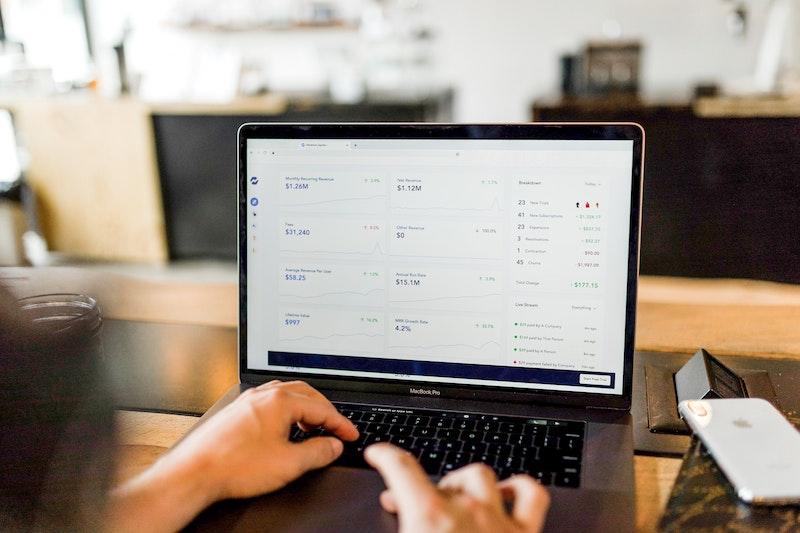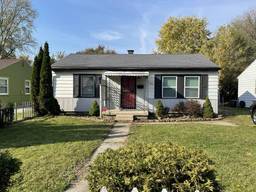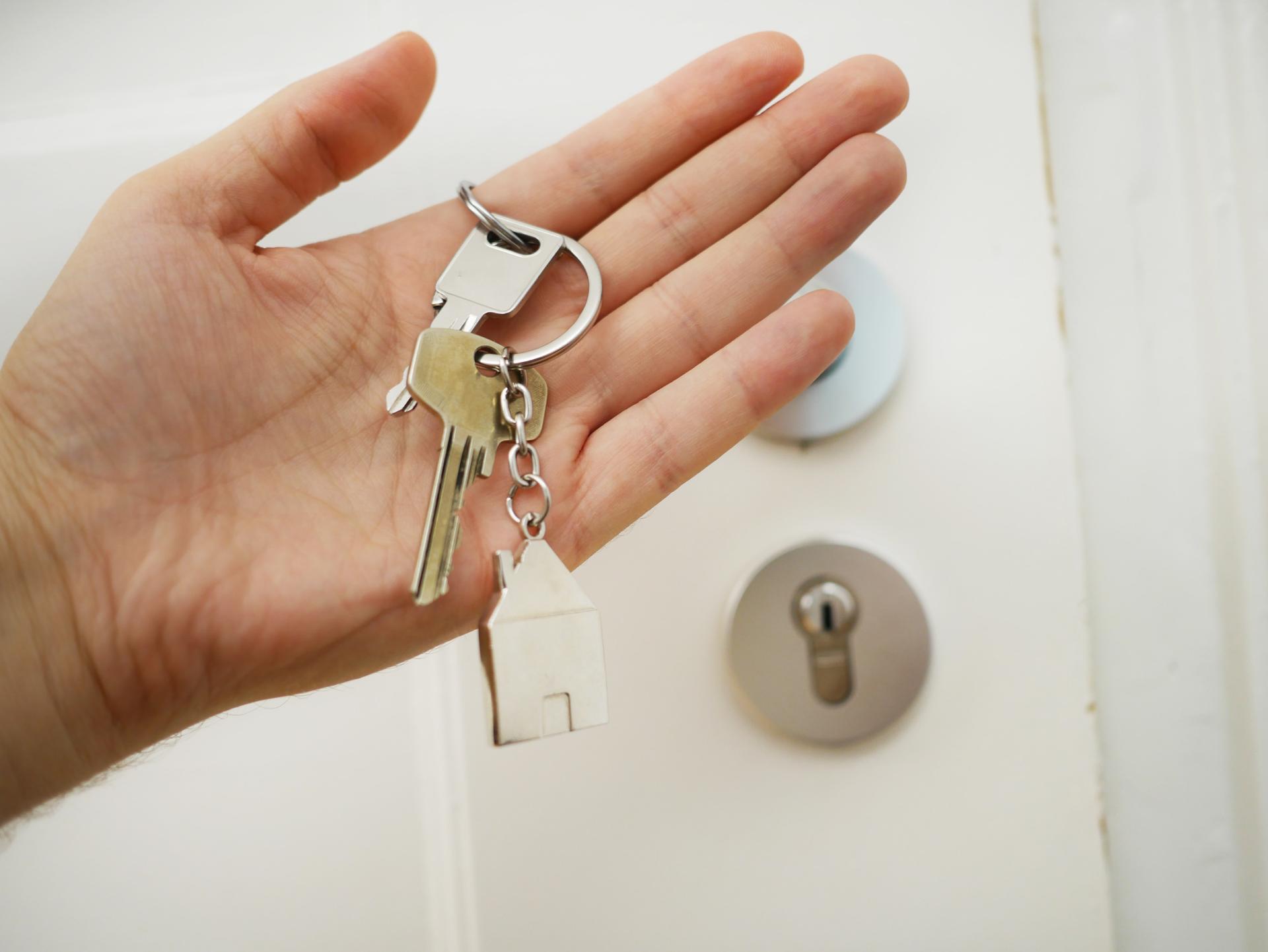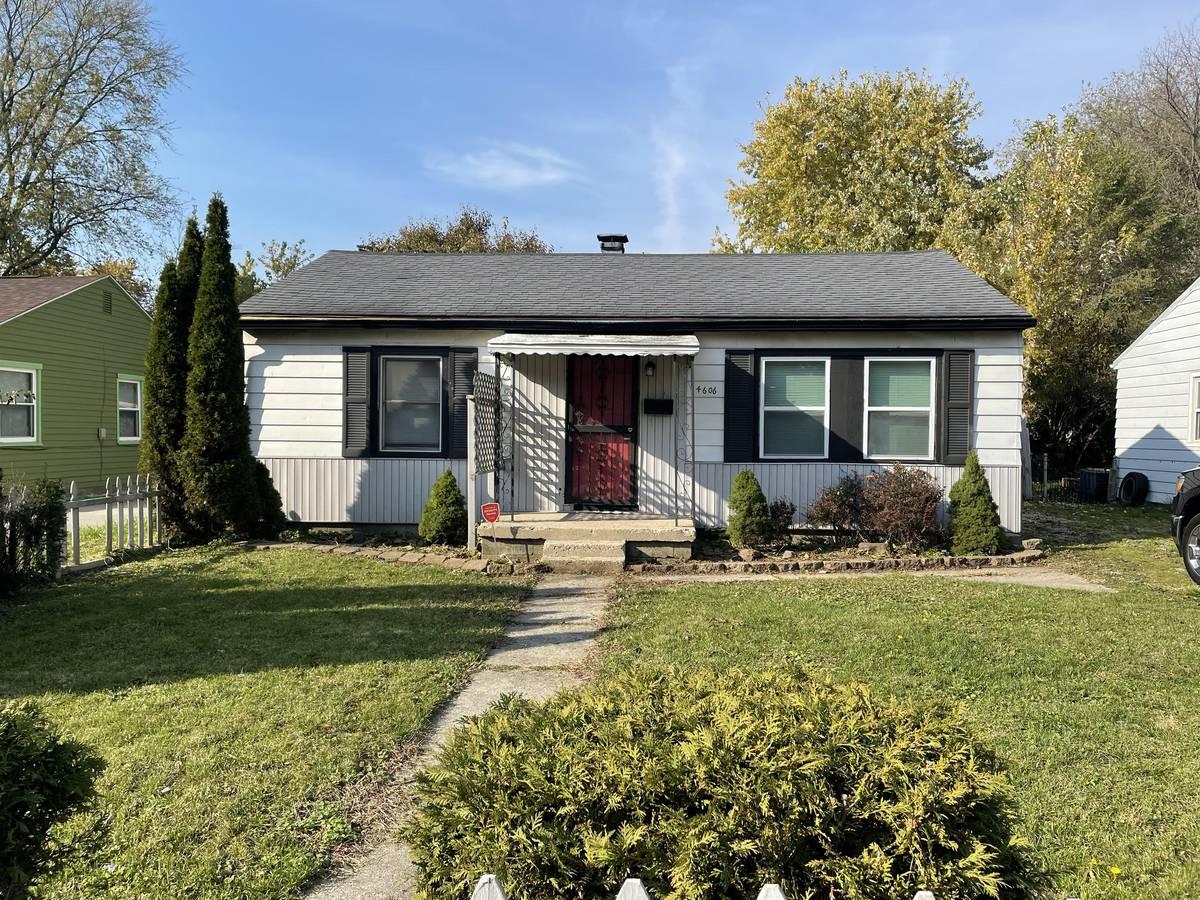In this article:
- Hosting a PadSplit comes with considerations far different from renting a typical single-family home. Consider the demographic rented to and how a property can best meet the residents’ needs.
- Location is important when it comes to PadSplits: consider proximity to large workforce areas, public transportation and highways. Middle-income or working-class neighborhoods are usually the most suitable locations.
- Think about long-term potential when considering PadSplit properties. Choosing a cheap house with a lot of rooms might seem like a good idea at first, but there are a few reasons why that might not work out in the long term.
- Creating a PadSplit allows you to do well AND do good. These tips will help you to be more successful for both of those goals.
Looking for that next great property investment? What if you could double your rental income while helping to address the affordable housing shortage?
Seriously, it is possible. And it starts with a throwback solution from your grandparent’s era. Back then, young workers flocking to any major urban centers would live in shared housing instead of renting their own studio apartment.
At PadSplit, we’ve modernized that idea of “co-living” for the 21st century.
These days, co-living makes even more sense than it did decades ago. Consider that the average size of a house has increased from 1,600 square feet to about 2,500 square feet, but the average family size has decreased.
“It’s very similar to student housing — just not only for students. It’s a reversion back to the way things not only used to be, but also still are in all major cities,” PadSplit COO Frank Furman says on The Naked Truth About Real Estate Investing podcast.
Not only do PadSplits offer an affordable solution for residents seeking flexible housing, but it’s also a great investment for property owners. Some PadSplit owners make up to $10,000 per month depending on the size and location of the property.
“For the right kind of asset, [you see] significantly higher yields. Routinely, we see people who are doubling their yield on a property,” Frank says in his interview.
Ready to do well and do good with PadSplit? Read on for top insights from PadSplit to highlight the key details to know before becoming a PadSplit Host or investor.
Getting started: Finding the right location for a PadSplit
PadSplit Members tend to be lower-income workers, which means they have specific needs for housing.
PadSplit offers a range of resources to help property owners acquire and convert suitable properties into a PadSplit, described below.
Parking and public transportation are a must.
But that doesn’t mean a property has to be located right in the middle of a big city.
PadSplit Members are mostly workers who might be employed at a hospital in the city or a factory outside the city’s center.
Being located close to any type of public transportation — such as a commuter bus or rail — will have a big appeal to Members. Many PadSplit properties tend to be located near manufacturing centers or near a highway.
Don’t forget to take parking into account: off-street parking or, ideally, out-of-sight parking around the back of a house, are valuable amenities that will make residents feel more comfortable and secure.
Consider the neighborhood.
Sometimes, new PadSplit Hosts are tempted to buy a large house in expensive locations or within homeowner’s associations (HOA).
However, this proves more difficult since many HOAs limit the number of rental units allowed in a neighborhood, and they may limit street parking.
On the other hand, focusing on neighborhoods with only low housing costs isn’t the best approach, either. If the seller is practically giving the house away, there’s probably a reason for that, and the Host might end up paying the price later on.
Instead, look at neighborhoods that offer a middle-ground: a mix of owner-occupied properties, which lends stability, but with some renters in the area too. These areas tend to have more tolerance of transience.
“We usually end up in more neighborhoods that tend to be closer to public transit,” Frank notes, adding that some PadSplits far outside city centers can also do well, so long as they are close to job opportunities. “We have some in Jackson County, Georgia — that is not an urban area — but it does well because it’s right by a manufacturing center.”
The ideal number of bedrooms will vary.
Though a five-bedroom house can bring in $2,500 a month or more, that doesn’t mean a PadSplit should be a house with five bedrooms.
Some margins are more compressed due to the number of bedrooms in the house, which can vary depending on the market and location. Use PadSplit’s Earnings Calculator to see how PadSplit compares to traditional rentals.
Houses near college campuses can be a great option. With easy access to the college campus and public transportation, these types of properties fill up fast and can generate significant returns.
PadSplit’s platform does not manage people.
A Host’s primary responsibility is to be responsive to details like maintenance requests (or hire a property manager for that), while the company’s role is serving as the platform for renting and communication. “Think like Airbnb, but instead of being fractional terms of time [one renter at a time] … we’re fractional terms of space,” Frank explains.
PadSplit is designed to enable people to resolve their own problems.
Members can communicate with one another directly via our messaging platform, and rate one another for accountability rather than contacting the company or the Host directly.
PadSplit also allows all Members to move out or transfer to another property (and the first transfer is at no cost within the first two weeks). We designed the platform to allow maximum flexibility for our Members: Rather than being locked into a lease, our weekly rates create an easy-in, easy-out model for our Members, many of whom save up for a few months and then transition to more traditional housing.
PadSplit mistake #1: Buying a risky property.
Sometimes, we meet property owners who are overexuberant: They know what will make a successful PadSplit, but they don’t have a six-bedroom house or an ideal location. For example, a Host might rent out smaller rooms and hike up prices or try a difficult location like an HOA, even knowing the limitations of these options.
But these are often short-term solutions and don’t usually work out for the Hosts or the residents.
“The first month, they get a huge check … unfortunately, that may be the last of their checks for the house,” Frank says.
PadSplit mistake #2: Don’t model the PadSplit based on your ideal home.
Plenty of property owners put themselves in the shoes of their residents when preparing the property, and think about what they would like to see in a home.
This is a mistake: living in a PadSplit is much different from living in a single-family home or independent apartment.
It’s important for Hosts to be strategic about the type of furniture they’re investing in for common spaces.
For example, a dining table is a worthwhile investment: “It’s a more respectful posture than a couch, it’s easy to clean [and] people can share a meal together,” Frank says.
Remember, “it’s really about having a customer view. And sometimes renters want different things than you think,” Frank says.
Learn more about becoming a PadSplit Host by contacting our Host Specialists. They can walk you through the entire process and provide important guidance about your property or before you purchase the home. The sooner you get started, the sooner you’ll be able to earn more rental income and provide an important housing need for community workers.
This article is based on PadSplit COO Frank Furman’s interview on The Naked Truth About Real Estate Investing podcast. Check out the full episode to learn even more about co-living investment opportunities.
Want to learn more about managing your PadSplit? Visit our Help Center for everything a Host needs to know about PadSplit onboarding, listing, and operating procedures.
Header photo by Austin Distel on Unsplash





